Some cities overwhelm you with a sense of reverence the moment you step onto their streets. The towering architecture, the play of light through ancient windows, and the hushed footsteps on worn stone all combine to create spaces that feel inherently sacred, regardless of your spiritual inclinations.
Here is a list of 20 cities around the world that embody this cathedral-like quality. Their streets and skylines inspire the same awe as the greatest religious buildings.
Barcelona, Spain

Antoni Gaudí’s genius transformed Barcelona into an open-air cathedral of organic forms and mystical symbolism. The unfinished Sagrada Familia may be the literal cathedral, but the entire city functions as a sanctuary of architectural wonder, with buildings that seem to grow from the earth like living entities.
Walking through the Gothic Quarter at dusk, as golden light filters through narrow passageways, visitors instinctively lower their voices as if in a sacred space.
Kyoto, Japan
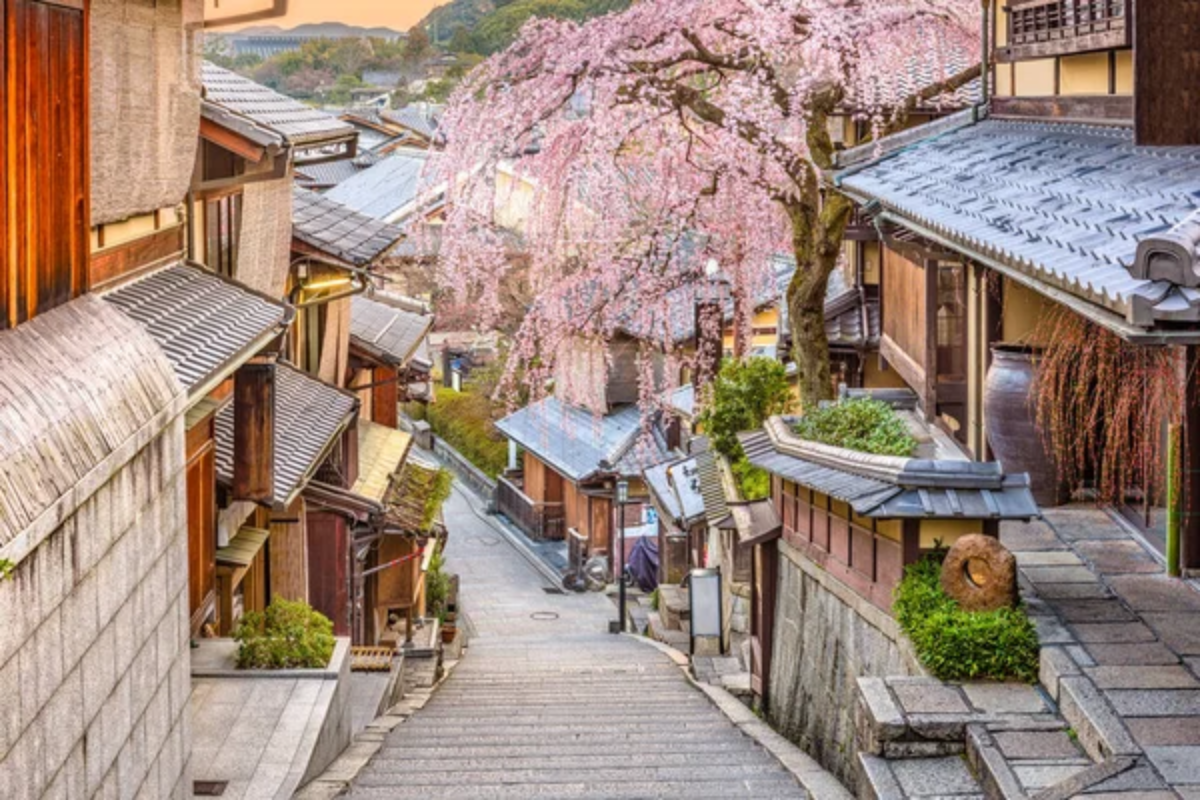
Kyoto’s quiet elegance and meticulous attention to detail create an atmosphere of contemplative beauty. The city’s 1,600 Buddhist temples and 400 Shinto shrines set a reverent tone. Still, the harmonious integration of these sacred structures with nature and everyday life gives Kyoto its cathedral-like quality.
The bamboo groves of Arashiyama create natural vaulted ceilings that filter light much like stained-glass, while the careful raking of rock gardens serves as a form of devotional practice.
Like Travel Pug’s content? Follow us on MSN.
Prague, Czech Republic
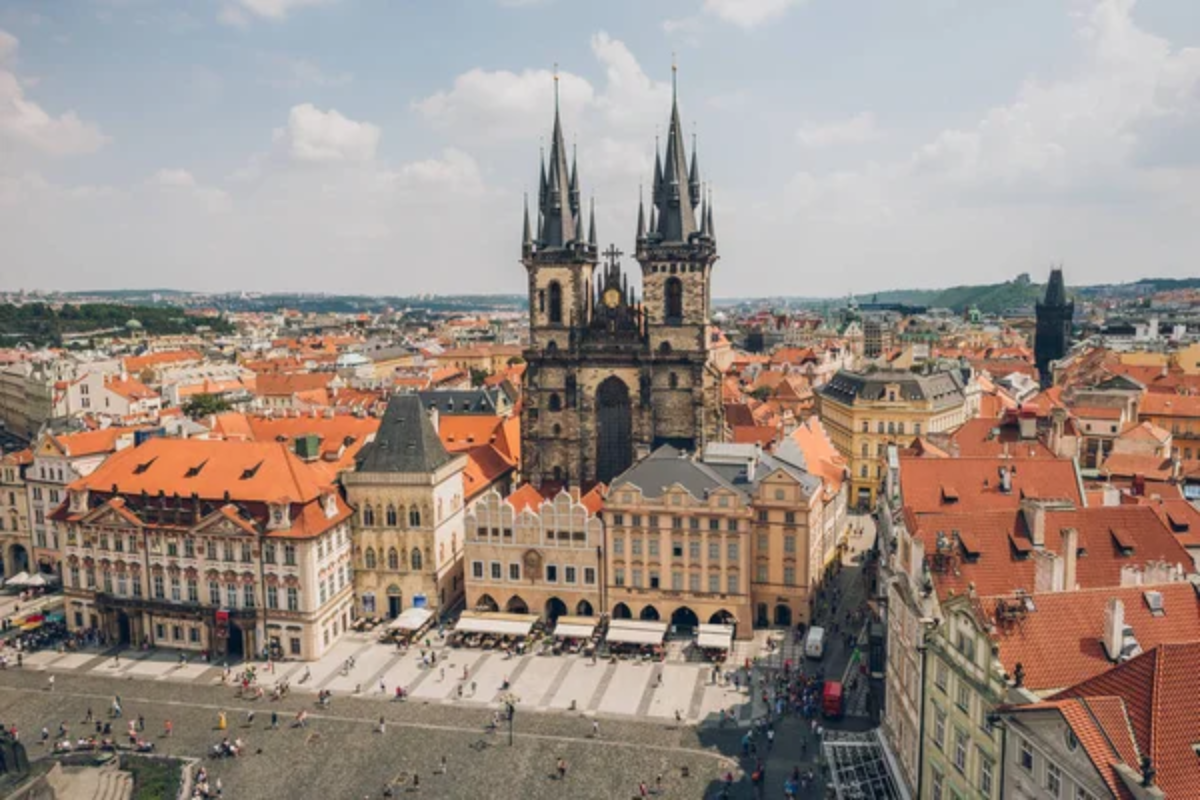
Prague’s skyline of spires and towers creates an immediate sense of the sacred as you approach the city. The narrow, winding streets of the Old Town suddenly open into majestic squares framed by Gothic and Baroque buildings, which direct your eyes upward, much like the nave of a cathedral draws your gaze toward heaven.
The city’s enduring nickname, ‘City of a Hundred Spires,’ speaks to this inherent devotional quality that permeates the urban landscape.
Oxford, United Kingdom
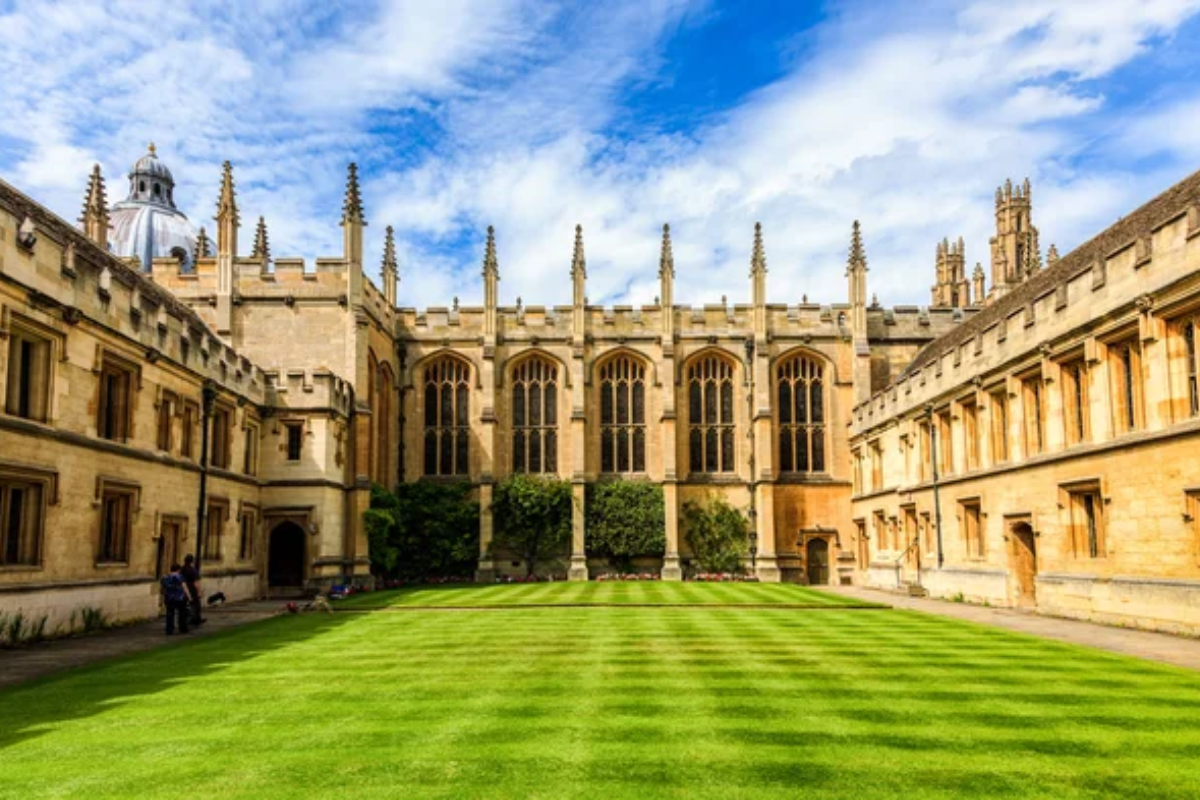
The ‘City of Dreaming Spires’ has earned its nickname through centuries of architectural devotion to learning and enlightenment. Oxford’s colleges create a series of cloistered sanctuaries connected by narrow passages and sudden openings that mirror the architectural pattern of medieval cathedrals.
The ritualistic aspects of academic life—the formal dinners, the ceremonial processions, the distinctive dress—only enhance this sensation of moving through sacred space.
Varanasi, India
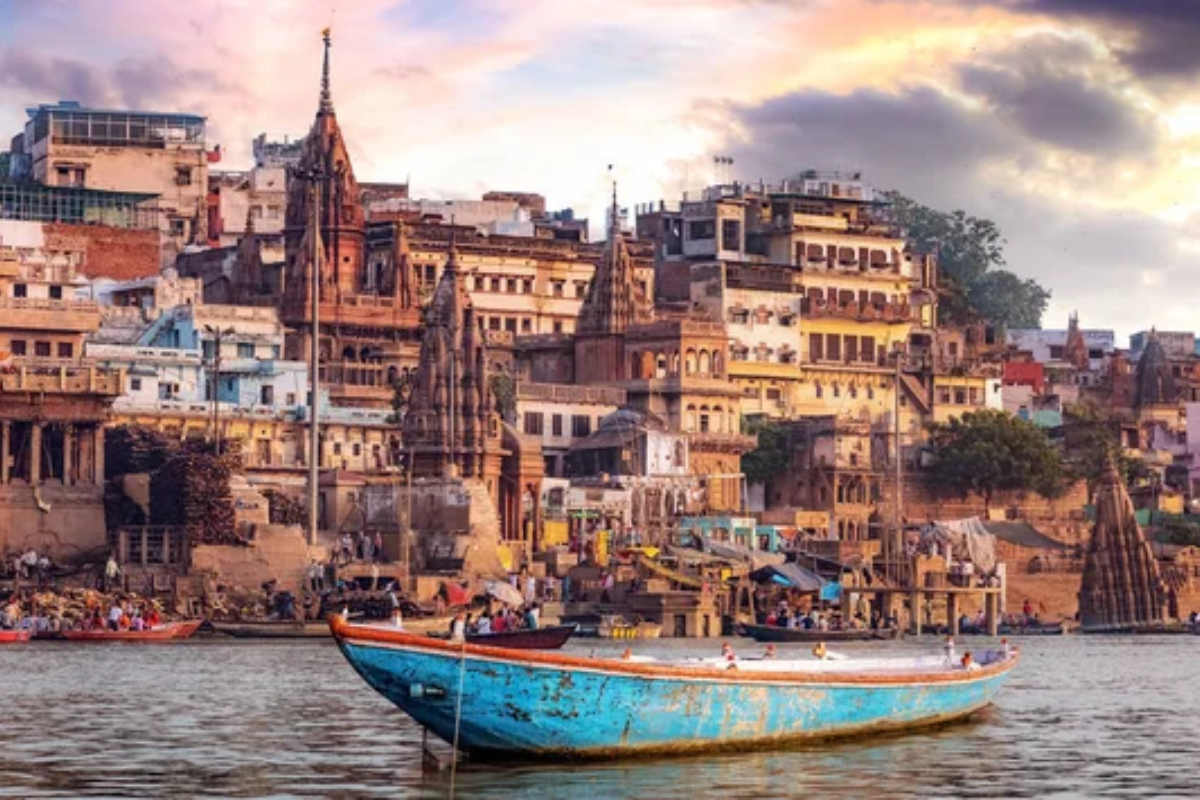
No city on earth feels more explicitly devoted to the sacred than Varanasi. The ancient city rising from the banks of the Ganges creates a physical manifestation of devotion, with its 87 ghats serving as steps between the mundane and divine worlds.
The narrow, labyrinthine streets suddenly open onto the river in a way that creates the same emotional release as entering a cathedral’s central nave. At the same time, the constant ceremonies and rituals transform everyday movements into acts of reverence.
Like Travel Pug’s content? Follow us on MSN.
Venice, Italy
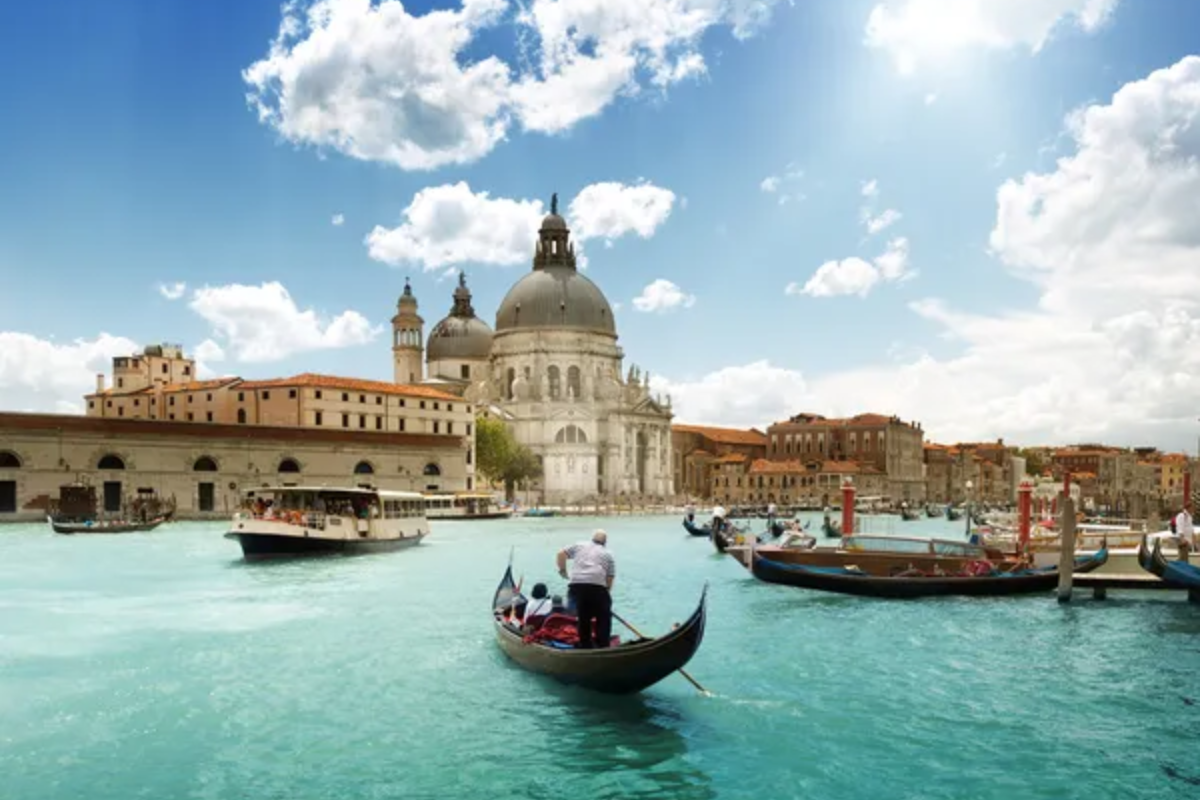
The silence of a city without cars immediately creates an atmosphere more conducive to contemplation and wonder. Venice’s improbable existence—a floating city of marble palaces and golden mosaics—inspires the same awe as the greatest cathedrals.
The play of light reflected from water onto ancient buildings creates a constantly changing illumination similar to sunlight through stained-glass. At the same time, the careful human navigation through narrow passages and sudden piazzas mirrors the professional experience of sacred architecture.
Edinburgh, Scotland

Edinburgh’s dramatic topography creates a natural cathedral with the Castle as its altar and The Royal Mile as its central aisle. The city’s Old Town rises in stone tiers reminiscent of a Gothic sanctuary, with hidden closes (alleyways) branching off like side chapels.
The geological formation creates a natural elevation that separates the space from the ordinary world, while the persistent mists add an ethereal quality to the urban experience.
Fez, Morocco
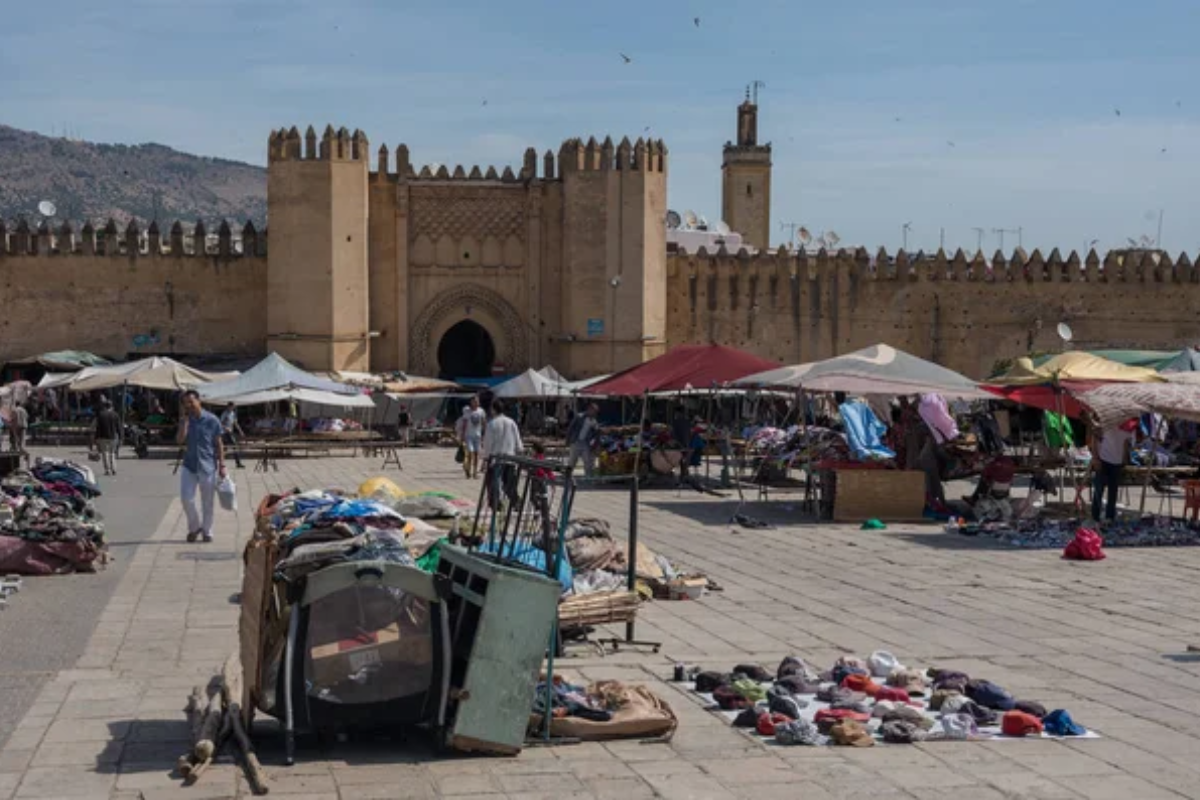
The medina of Fez encapsulates you in a world of sensory devotion. The ancient walled city’s narrow streets create the same sense of compression and release found in cathedral architecture, while the intricate geometric patterns that adorn every surface mirror the mathematical precision of Gothic design.
Light filters down from above in shafts, illuminating the bustling markets like divine rays, creating sacred moments within everyday commerce.
Like Travel Pug’s content? Follow us on MSN.
Isfahan, Iran
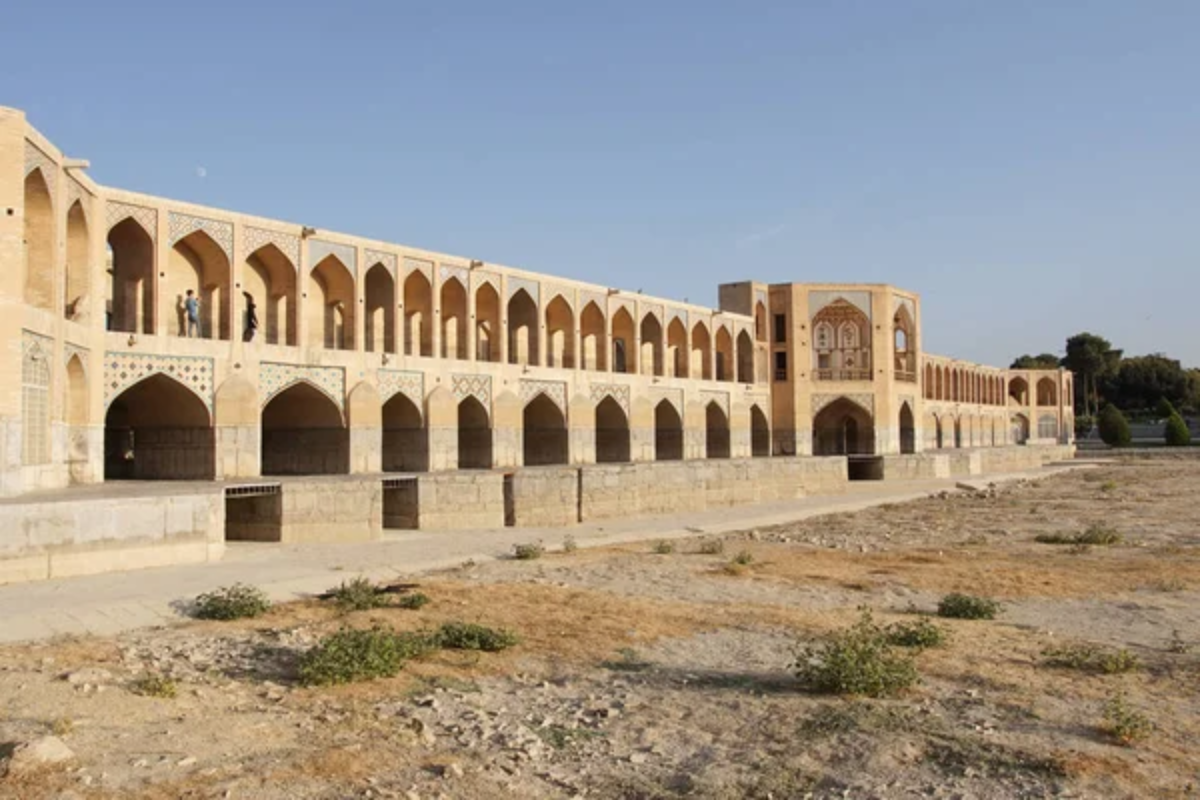
The Persian proverb ‘Isfahan is half the world’ hints at the city’s comprehensive beauty and grandeur. Persian architecture’s mathematical precision creates spaces of perfect proportion and harmony, particularly around the immense Naqsh-e Jahan Square.
The city’s famous blue-tiled mosques and palaces create a cohesive vision of heavenly splendor brought to earth, while the arcaded bazaars function as devotional spaces where commerce and contemplation coexist.
Cuzco, Peru
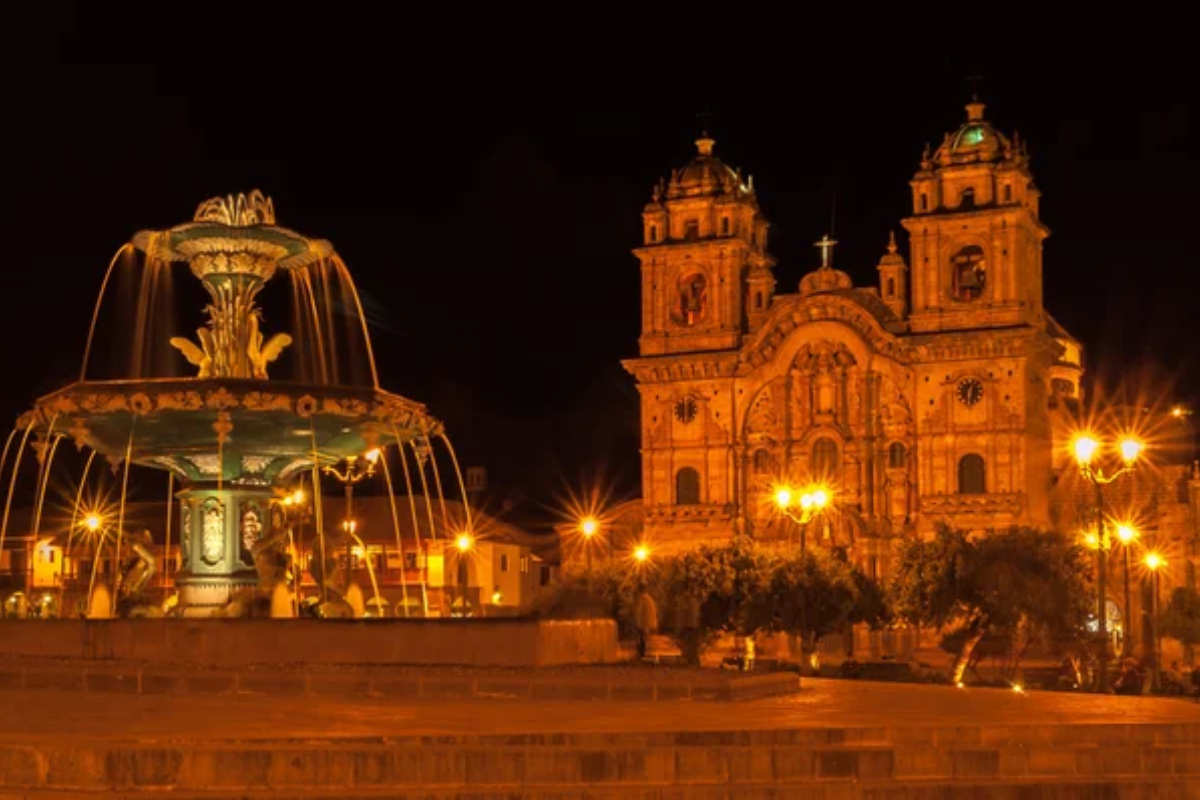
The former capital of the Inca Empire sits at an elevation of 11,000 feet, creating a literal closeness to the heavens. The perfect stonework of Inca foundations supporting colonial Spanish architecture creates a physical metaphor for spiritual layering.
The narrow streets suddenly open onto magnificent plazas in a rhythm of compression and release that cathedral architects have employed for centuries to create emotional and spiritual impact.
Dubrovnik, Croatia
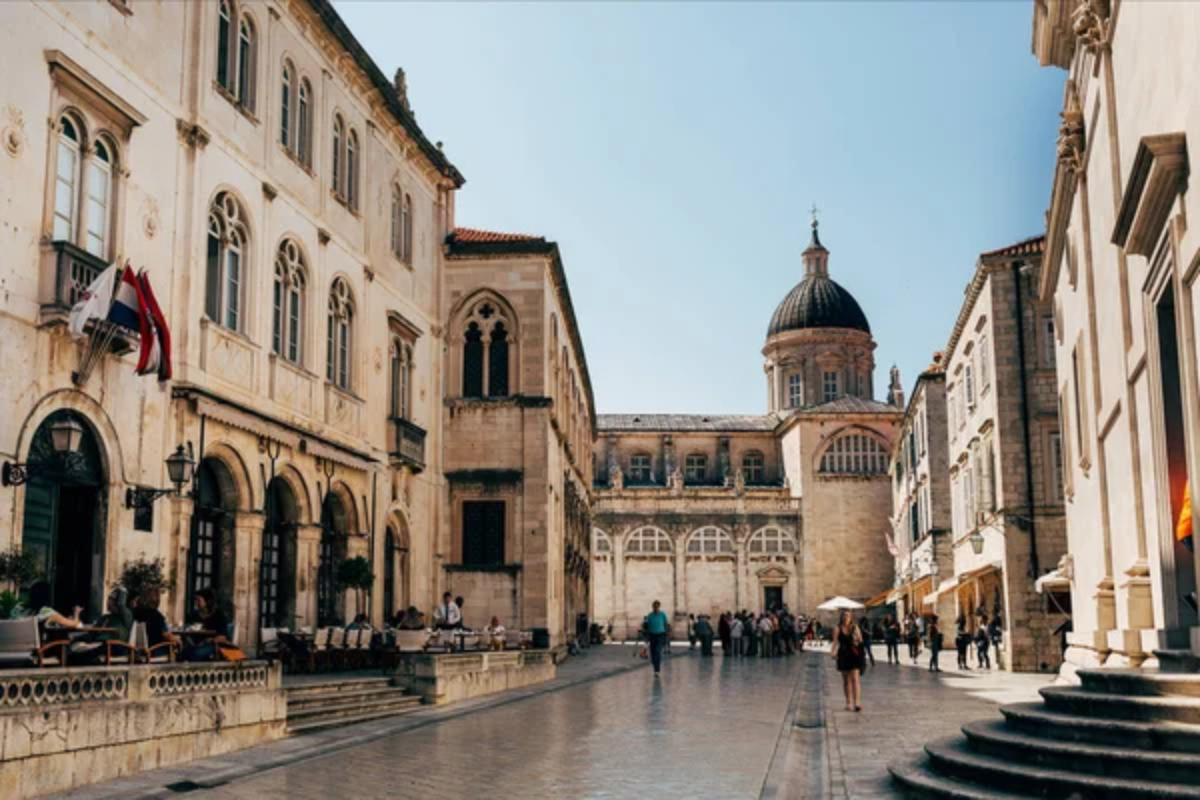
Dubrovnik is a world apart from everyday concerns. Enclosed within massive stone walls and perched dramatically above the Adriatic Sea, the polished limestone streets reflect light onto the Renaissance buildings, illuminating the city itself.
The contrast between the intimate scale of the pedestrian passages and the immensity of the surrounding sea creates the same emotional dynamic found in the most affecting sacred spaces.
Like Travel Pug’s content? Follow us on MSN.
Angkor, Cambodia
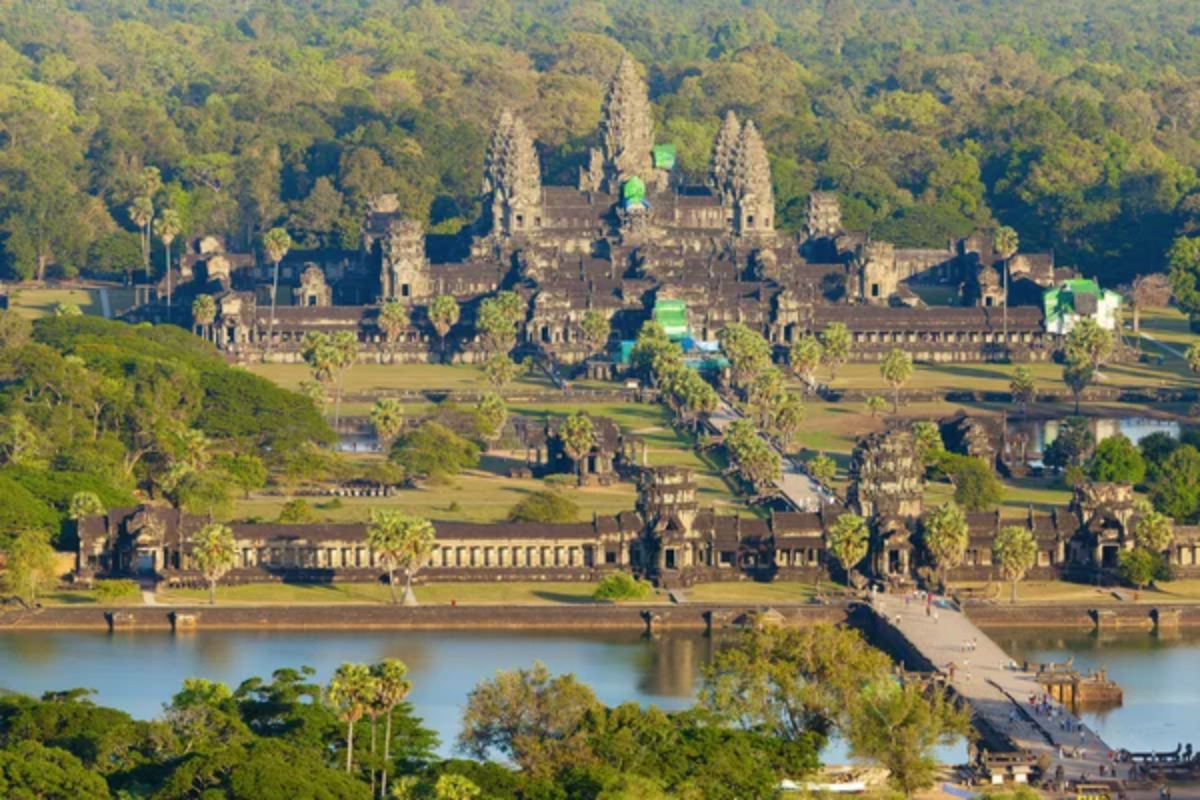
Though technically an archaeological site rather than a living city, Angkor creates one of Earth’s most profound cathedral-like experiences. The sprawling complex of temple cities creates a sacred geography on a massive scale, with buildings designed to mirror the cosmos.
The interplay of monumental stone structures with encroaching jungle creates dramatic light effects and a sense of the eternal cycle of creation and dissolution at the heart of sacred experience.
Tallinn, Estonia
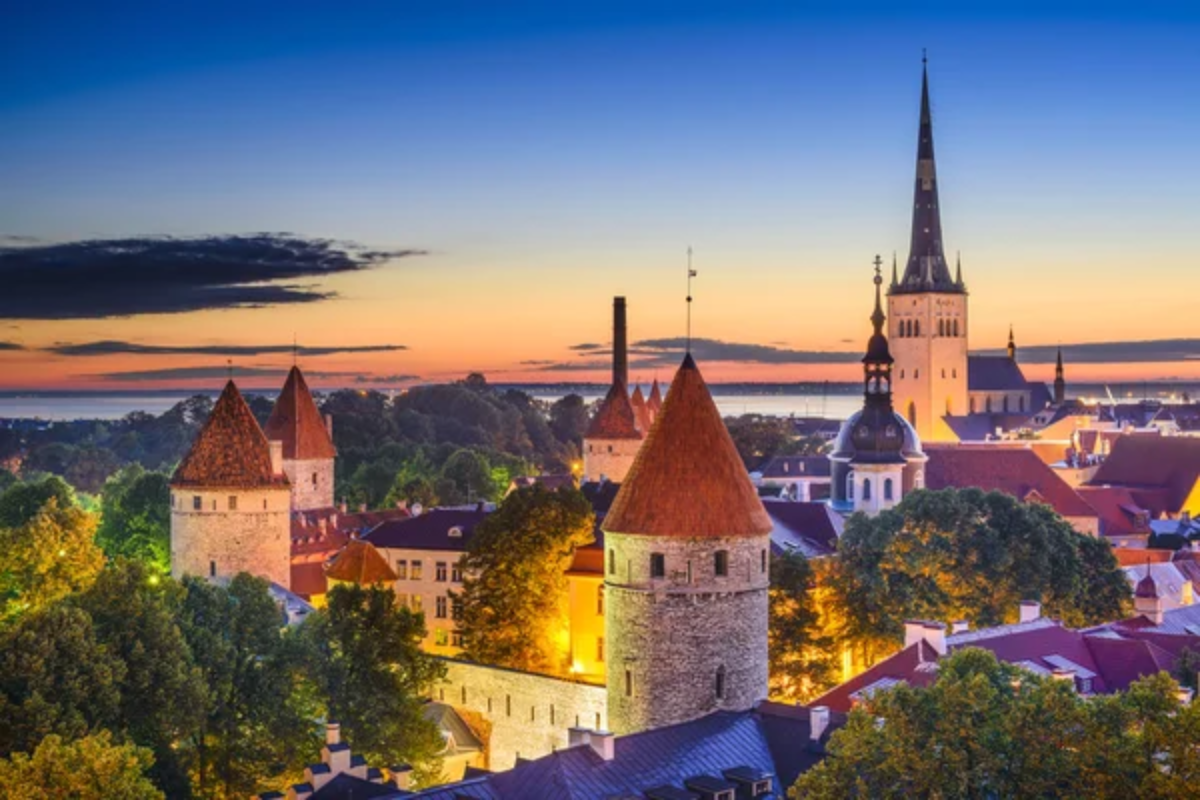
The medieval walled city of Tallinn creates an immediate sense of enclosure and protection from the outside world. The spires of the old town create a skyward orientation that draws the eye upward in a devotional fashion, while the narrow, cobbled streets wind between ancient buildings like paths of spiritual pilgrimage.
The city’s elevation creates natural terraces and viewpoints that offer contemplative perspectives on human endeavor, much like the galleries of a great cathedral.
San Gimignano, Italy
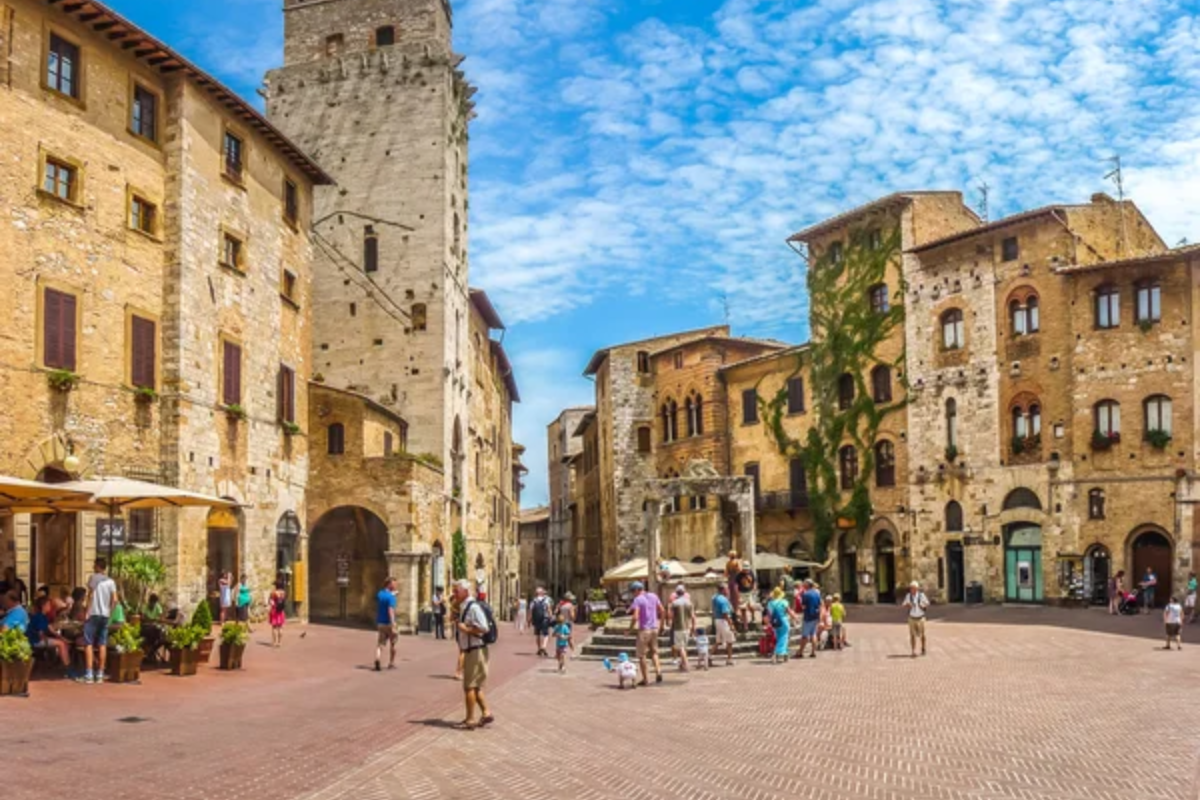
The dramatic “skyline” of medieval towers in this Tuscan hill town creates an immediate sense of vertical aspiration. The fourteen surviving towers (of an original seventy-two) function collectively as a stone forest reaching toward heaven, creating a visual rhythm similar to the columns of a cathedral’s nave.
The town’s contained scale and elevation above the surrounding countryside creates a sense of removal from ordinary concerns that enhances its sacred quality.
Like Travel Pug’s content? Follow us on MSN.
Lalibela, Ethiopia

Carved directly from living rock, the churches of Lalibela transform an entire town into a three-dimensional devotional object. The city’s famous rock-hewn churches are not simply buildings within the urban fabric, but the urban fabric itself, creating a unique integration of sacred and civic space.
Moving through the subterranean passages between churches creates a powerful sense of pilgrimage and ritual movement that mirrors the most carefully orchestrated cathedral experiences.
Mont Saint-Michel, France

This island commune creates perhaps the most visually perfect expression of the medieval sacred worldview, with secular buildings rising in carefully organized tiers toward the abbey church at the pinnacle. Approaching Mont Saint-Michel across the tidal flats and ascending through increasingly sacred spaces creates a physical manifestation of spiritual ascent.
The harmony between natural settings and human construction creates an integrated whole that feels divinely inspired and perfectly adapted to its environment.
Jerusalem, Israel
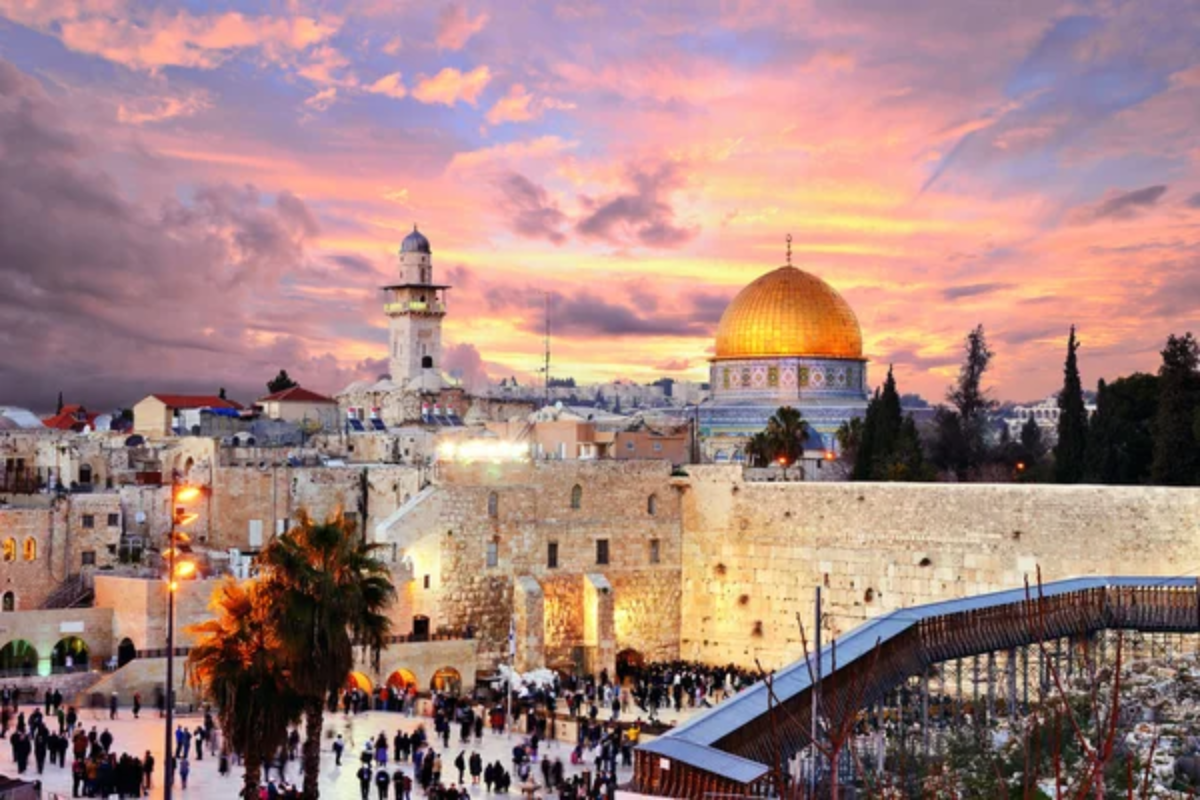
Few cities carry more explicit sacred associations than Jerusalem. The Old City’s dense fabric of sacred sites from three major world religions creates layers of reverence that permeate every stone.
The physical experience of moving through Jerusalem’s ancient streets, with their sudden revelations of sacred sites and dramatic elevation changes, creates a landscape explicitly designed to facilitate encounters with the divine through architectural and urban means.
Like Travel Pug’s content? Follow us on MSN.
St. Petersburg, Russia
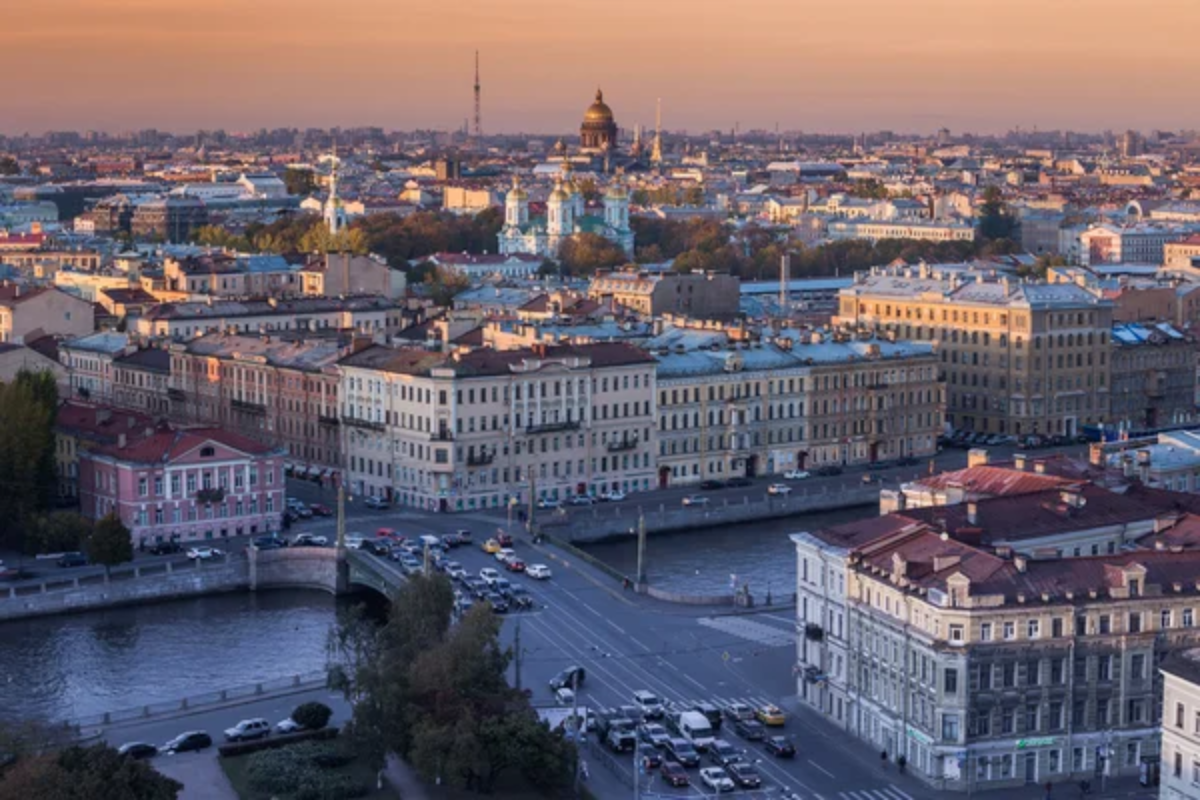
Built as a deliberate statement of imperial and divine power, St. Petersburg orchestrates monumental architectural elements across vast spaces to create an urban cathedral of civic proportions. The city’s perfectly proportioned squares and prospects function like the crossing spaces of great cathedrals.
At the same time, the network of canals creates reflective surfaces that double the visual impact of the monumental architecture and bring the sky down to earth.
Matera, Italy
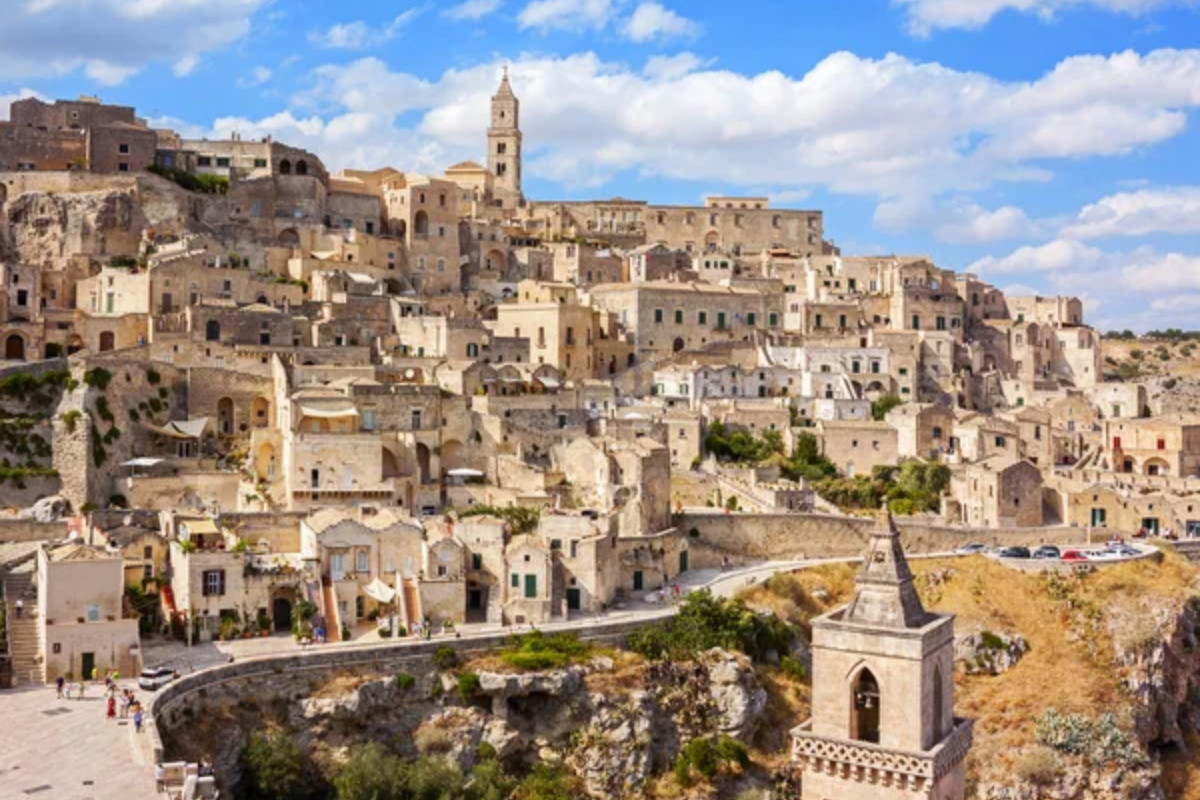
The ancient cave dwellings of Matera, known as ‘sassi,’ create a honeycomb of human habitation carved from living stone, rising in tiers along the slopes of a dramatic ravine. This three-dimensional urban landscape of stairs, passages, and terraces creates a profoundly moving experience of human adaptation to place over millennia.
Light plays across the pale limestone in ways that transform throughout the day, creating a sense of the eternal present that characterizes the most profound sacred spaces
Toledo, Spain
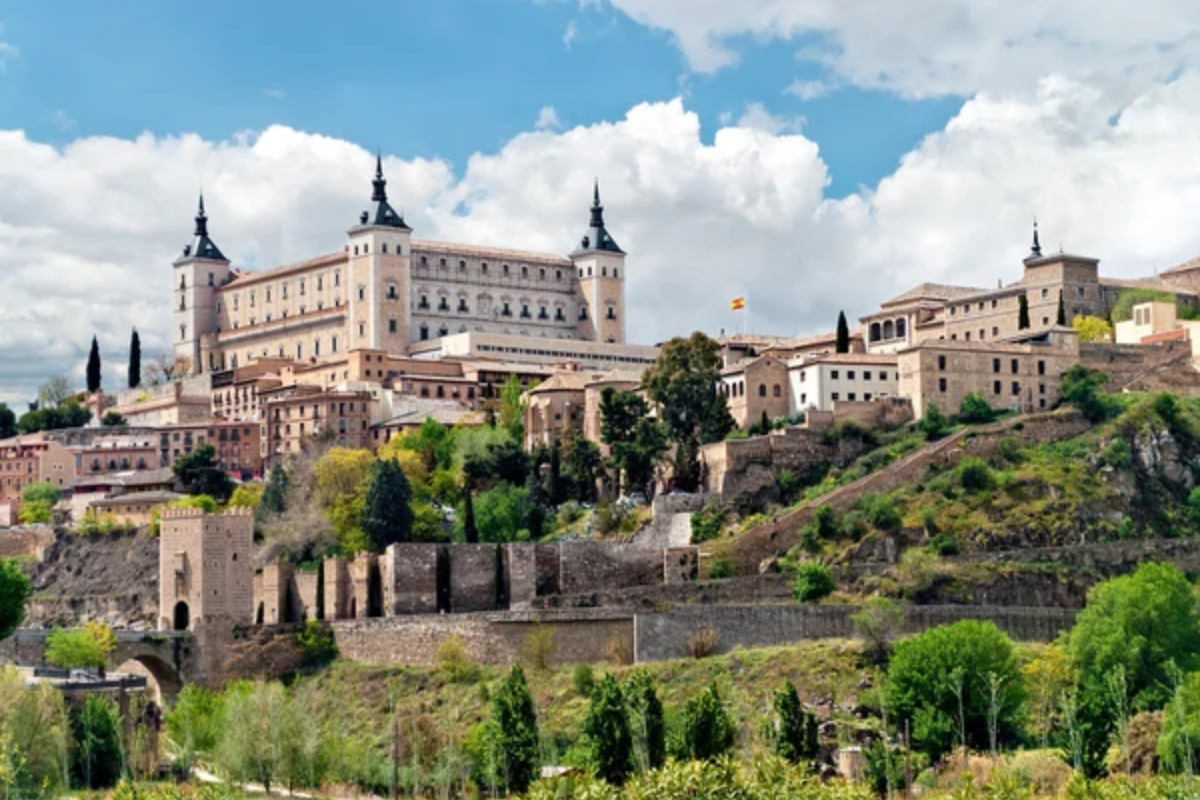
Perched dramatically above the Tagus River, Toledo creates a concentrated urban experience where Christian, Muslim, and Jewish influences blend in stone and spirit. The city’s famous winding streets create a labyrinthine journey that suddenly opens onto sacred sites and spectacular views, mirroring the architectural technique of revelation and concealment in cathedral design.
The city’s elevation and dramatic setting create a natural separation from the ordinary world, enhancing its otherworldly quality.
Like Travel Pug’s content? Follow us on MSN.
Legacy in Stone and Spirit

These cathedral-cities remind us that the sacred isn’t confined to formal religious structures but can permeate urban environments. Each exemplifies how human settlements, created with intention and evolved, can transcend their utilitarian purposes to become vessels for contemplation, wonder, and connection.
They demonstrate that when cities are built with attention to human scale, natural beauty, and cultural meaning, they can inspire the same reverence as the most magnificent sacred buildings. In our increasingly secular age, these urban cathedrals offer essential spaces where we can still encounter beauty and mystery in our everyday movements through the world.
More from Travel Pug

- Cities Growing so Fast You Won’t Recognize Them in 10 Years
- 13 Destinations Where Tourists Regularly Regret Their Trip
- 20 Obscure WWII Sites Even History Buffs Don’t Know About
- 10 Under-the-Radar Mountain Towns That Are Both Affordable and Beautiful
- Remote Villages in Europe Where You Can Live for Free in Exchange for Work
Like Travel Pug’s content? Follow us on MSN.
